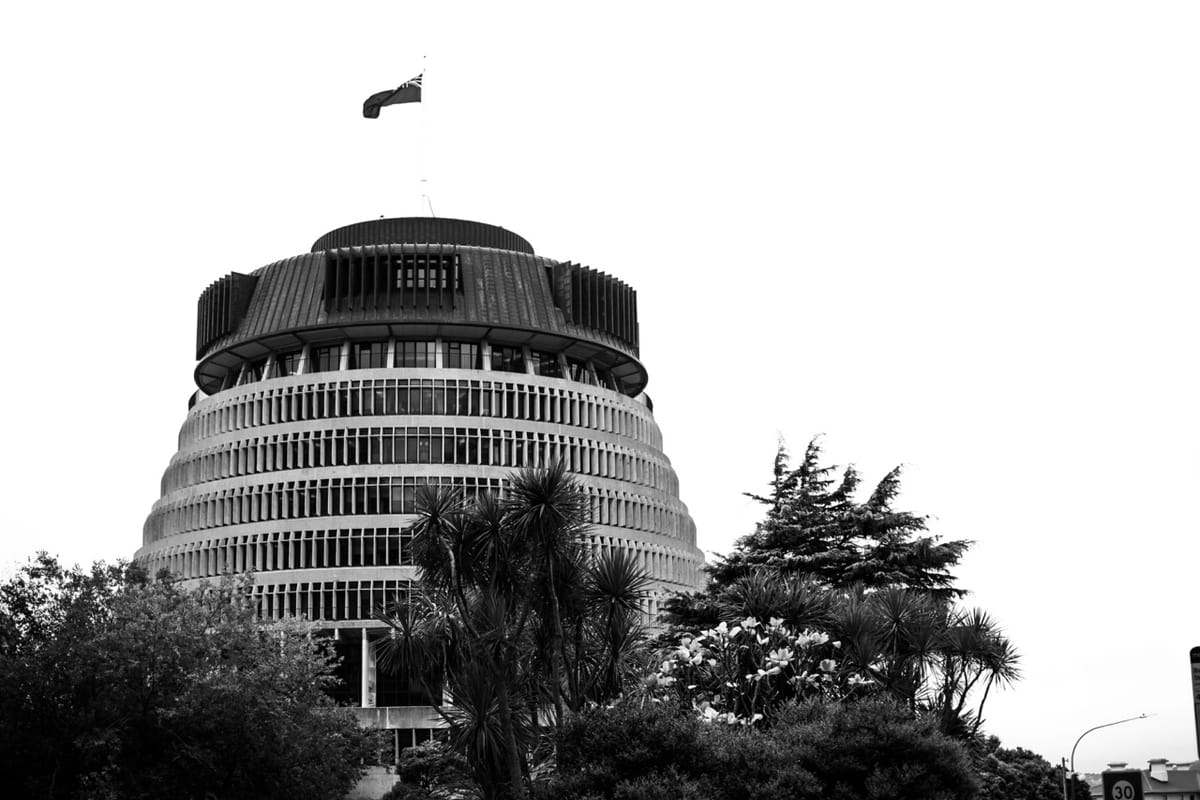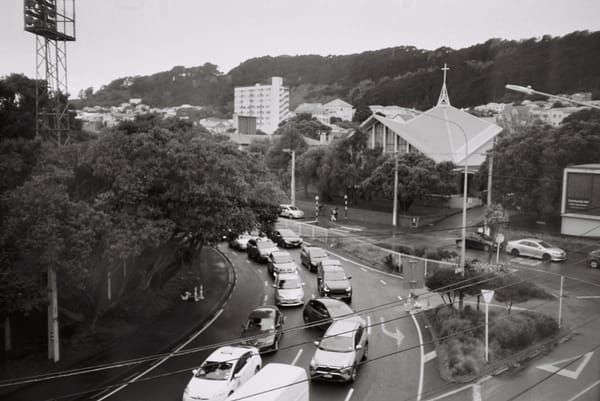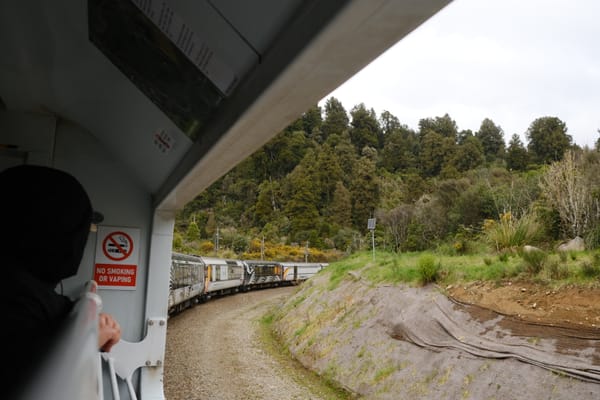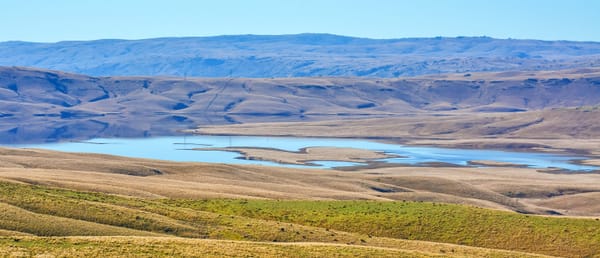Will the Beehive become beachfront property?

Climate change is often discussed in a global context. When we talk about a problem the whole world needs to solve, in theory it makes sense to talk about the impacts on a planetary scale.
Most of us don’t live globally, though. We live locally. Our lives are defined by our neighbourhoods and communities. The effect climate change has on the whenua around us is about the most important context we need to make decisions on how to respond to it.
I live in Wellington, and I have for over 10 years. This place is my home. I care about solving this global problem because I want to safeguard this place I care about so much – as everyone wants to do with their place in the world.
So let’s put this global problem into a Wellington context.
I’ve taken some fantastic research from NIWA, the latest global summary from the UN’s panel on climate change, warming estimates from Climate Action Tracker, and sea level modelling from Greater Wellington Regional Council to paint a broad picture of what Wellington will be like under each degree of warming.
What the New Zealand Government has promised versus what we’ll get based on its (in)action is the difference between a weird but sometimes better life for Wellingtonians, and devastating consequences for thousands of people.
Let’s see what each degree of warming will do to Wellington.





